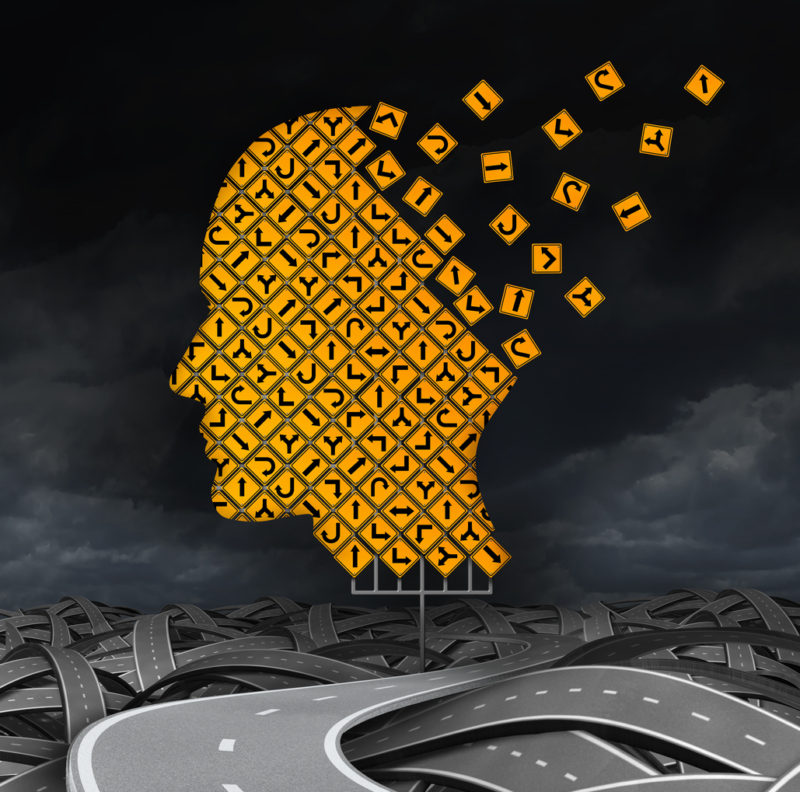Massive jolt.
Head hits seat, then lurches forward.
Squishy blow.
This is how Neuroscientist Daniel J. Levitin describes a car accident he experienced in April while driving home from work. (Read the whole article here.)
Because he knows how the brain works, he quickly connected that the “squishy blow” “was likely my prefrontal cortex pushing against the viscous fluid that keeps it from the bone of my skull.”
He knows what happens when people sustain concussions, or brain injuries. Most of us do not.
Levitin’s New Yorker story provides a great, detailed explanation of what happens when the brain becomes injured, and the slow, sometimes agonizing process of recovery.
He explains how after a concussion, “one can lose the ability to think clearly.” He details how his head hurt days after the accident, how he couldn’t find words that used to come so easily to him, how he forgot names he knew well, developed trouble sleeping, became emotional at the simplest moments.
These and other occurrences are common symptoms of concussion, which is a type of brain injury that patients must simply endure until the brain fully heals. They say time heals all wounds, and that is often true – but with concussion, it can take much time, requiring patience and a willingness to let go for full healing.
Of course, one concussion leads to a possibility of more concussions, and the more you sustain, the more permanent the damage may be.
These are serious issues facing patients. Some brain injury patients become reactive, act out, and are difficult for health care providers (and others!) to deal with.
It’s not their fault. We in the health care field may forget that, but we shouldn’t.
When a mild brain injury lingers, we must understand the frustration patients may feel, and show compassion when patients are hard to manage, knowing these are issues beyond their control.











